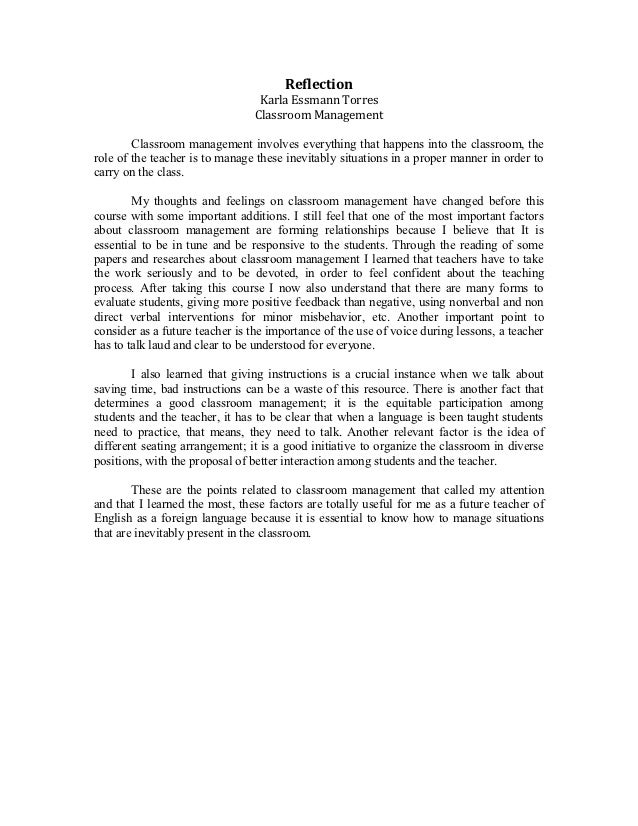

Researchers have shown that we think more than 50,000 thoughts per day, of which more than half are negative and more than 90% are just repeats from the day before (Wood, 2013). Wundt’s work eventually led to the current work on perceptual processes and the establishment of the field of cognitive psychology.

Wundt focused on three areas of mental functioning: thoughts, images, and feelings. The original idea of introspection was developed by Wilhelm Wundt in the late 1800s (McLeod, 2008). The formal experimental technique is a more objective and standardized version of this, in which people train themselves to carefully analyze the contents of their own thoughts in a way that’s as unbiased as possible. The process can be focused on either one’s current mental experience or mental experiences from the very recent past. The informal reflection process can be defined as examining one’s own internal thoughts and feelings and reflecting on what they mean. Still, both processes can be undertaken by anyone with curiosity and determination (Cherry, 2016). Introspection can be practiced both as an informal reflection process and a formal experimental approach, and the two have different definitions.

The 3 Best Books on Self-Reflection and Introspection.10 Self-Reflection Exercises, Activities, and Techniques for Adults and Students.70 Self-Reflective Questions to Ask Yourself.What Is the Importance of Introspection?.


 0 kommentar(er)
0 kommentar(er)
